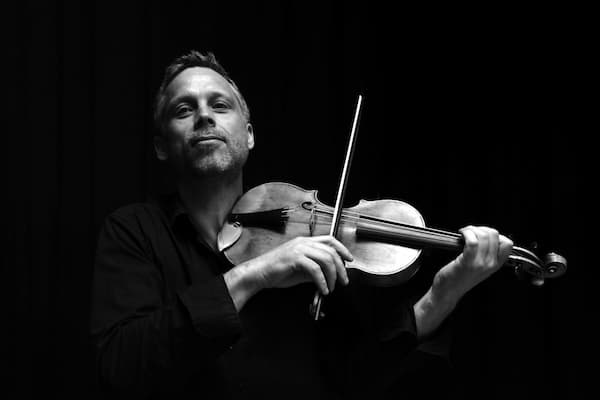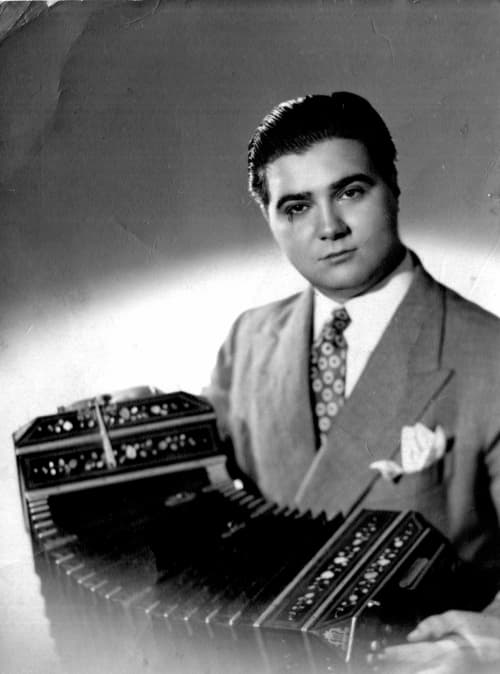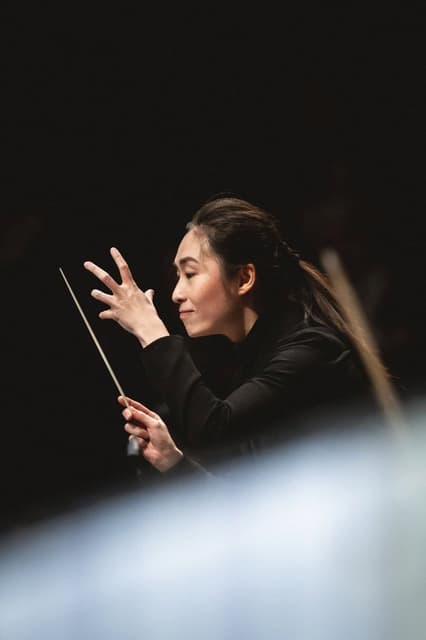Following his debut recording of music by Brahms, which we reviewed last December, South Korean pianist Julian Jaeyoung Kim is now turning his attention to Beethoven, whose music would have been familiar to Brahms, and inspired by Beethoven since childhood, Julian aims to record all 32 sonatas. We caught up with him to talk about this new, long-term project….
What prompted you to decide to record the Beethoven piano sonatas?
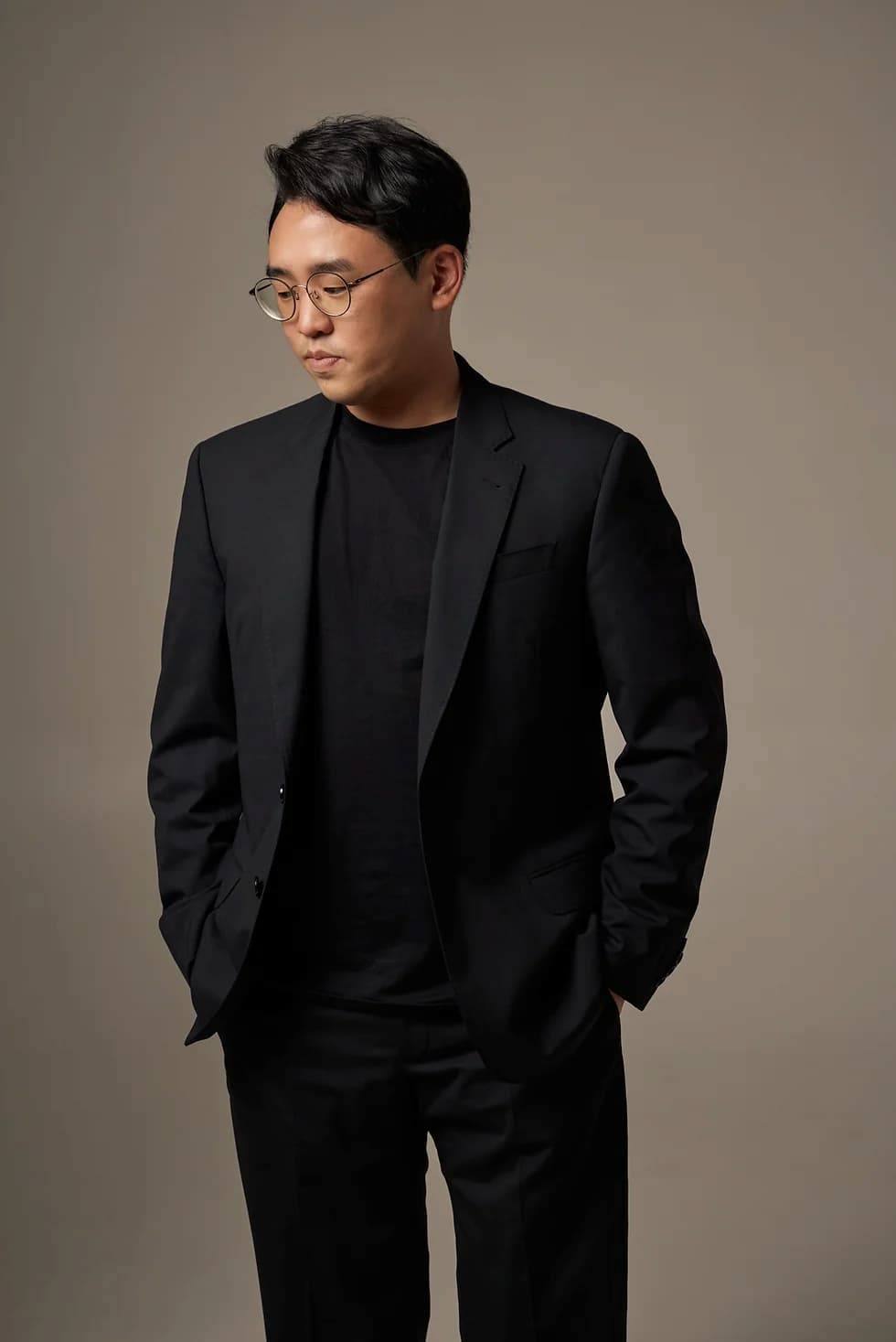
Julian Jaeyoung Kim
When I was young, I received a CD as a gift, which was Emil Gilels playing the Beethoven piano sonatas. That was the first time I listened to the sonatas, and I was overwhelmed by the music at the time. So, out of curiosity, I began exploring all 32 sonatas through recordings by various pianists. I was really interested in Beethoven’s music, and in my heart, I always wanted to record all the Sonatas. But I also love the music of Brahms, and I had to present my musical ability to the audience, so I decided to record Brahms for my first album.
Julian Kim – J. Brahms: Piano Sonata No. 3 in F minor, Op. 5: I. I. Allegro maestoso
I think the main reason I decided to record three of Beethoven’s sonatas for the next album is that Beethoven’s life is reflected in them, along with the influence of the composers who inspired him, such as Haydn, and traces of the impact on later composers and what he gave to the next generation, such as Schubert. These pieces are fascinating because they bridge one era to the next and highlight the various elements that make Beethoven’s music so powerful and engaging.
Which sonatas have you chosen for this recording?
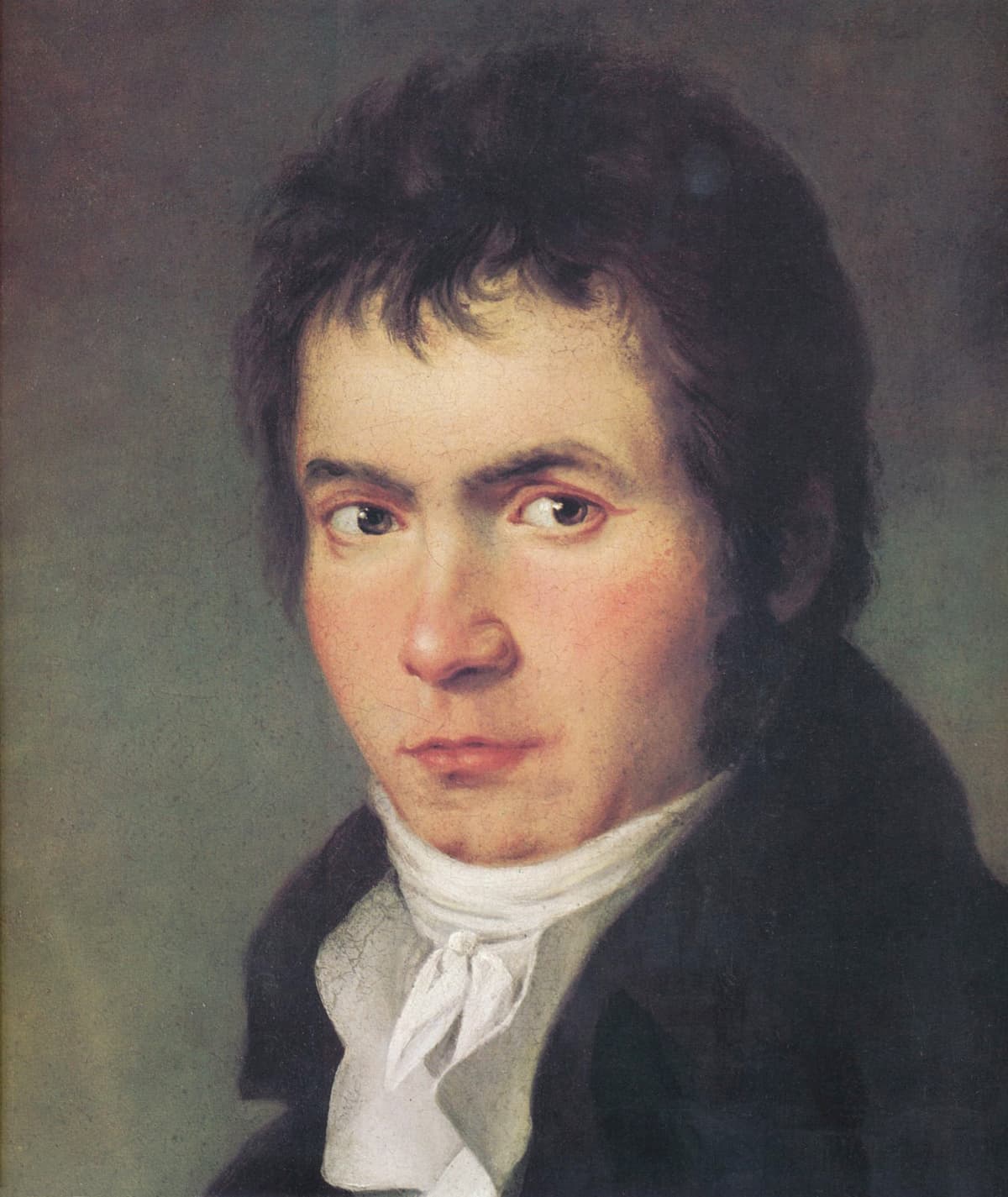
Young Beethoven
It starts with the Opus 2, Number 3 in C major, then Opus 53, the ‘Waldstein’, and the last one is Opus 81a, ‘Les Adieux’. That will be my first set for this recording, and the intention is to show the different stages of Beethoven’s life and influences.
Ludwig van Beethoven: Piano Sonata No. 26 in E-Flat Major, Op. 81a, “Les adieux” – I. Das Lebewohl: Adagio – Allegro (Emil Gilels, piano)
What have been the particular challenges and pleasures of working on this music for you?
The most challenging aspect is that everyone plays his music. And you know, there are so many comparisons everywhere, in competitions and concerts. And there are many great pianists who are known as Beethoven specialists; it’s always seen as a clear measure of the pianist’s ability to play Beethoven’s music. So I think that’s the most challenging thing.
But regardless of comparisons with other pianists playing his music, finding my own interpretation is a pleasure when working on Beethoven’s music, because understanding deepens with age. I can approach his music with a different view as I grow and mature. So, even though I will be very stressed when I perform these Sonatas, it’s a pleasure to work on this music and improve myself as a pianist at the same time.
From a pianistic point of view, what do you feel have been the particular technical and artistic challenges of this music?
I think the most difficult aspect was finding the right sound for each voice. When I look at his sonatas, I see an orchestral structure, so I have to become the conductor rather than just pianist. So even when I play one single chord, I imagine the other instrumental aspects within the sonata. I listened to his symphonies many times to understand the orchestral structure, and then find a better orchestration, or sound quality, as a pianist. So, I think understanding his music as orchestration, that’s the most challenging part.
Have you done any other work, such as exploring old pianos, like Beethoven era pianos, to experience that sound as well?
Yes, when I was at college, nine years ago. And, you know, it’s really different with the modern piano, so I was trying to think what he imagined and expected when he composed these pieces. And then how we convey the emotion on the modern piano. That was an interesting practice as a pianist.
What do you hope that your audience, whether in concert or on a recording, will take away from your interpretation and presentation of these sonatas?
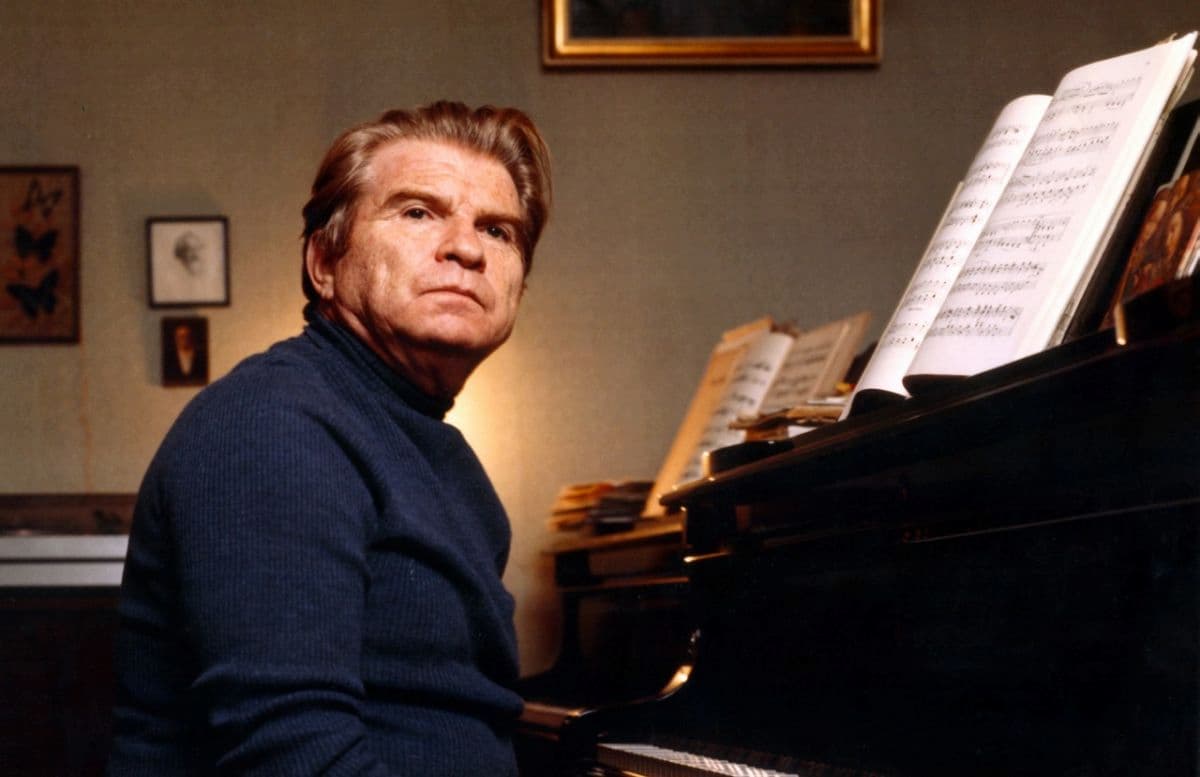
Emil Gilels
I hope they can hear each character in each piece because I will be presenting the beginning of Beethoven’s sonata cycle, which is Opus 3, which was influenced by and dedicated to Haydn. The ‘Waldstein’ is from his middle period, and then there’s the ‘Les Adieux’, which is from his late period and contains more romantic characteristics. So I hope the audience will be captivated by the unique character of each sonata and be drawn into the distinct atmosphere that each sonata creates.
To be honest, it’s hard to say I have my own special interpretation of these sonatas, because there are so many great performers and pianists. I was also influenced by great pianists like Gilels, Daniel Barenboim, Maurizio Pollini…. I’m pretty sure I was influenced by all of those pianists, so it’s hard to say I have my own approach, but I hope I can deliver clearly the different character of each generation of Beethoven’s piano sonatas.
Ludwig van Beethoven: Piano Sonata No. 13 in E-Flat Major, Op. 27, No. 1 – I. Andante (Daniel Barenboim, piano)
How do you see this process, doing these recordings and performing this music, contributing to your development and career as a concert pianist?
I think it’s to demonstrate being a better pianist. I did competitions during my 20s and at the time, I competed with others to have more performance opportunities. But now I’m in my mid-30s, I want to present myself as a pianist, not just a competitor or student. So I think I take more responsibility when I present concerts now, and I would say that I’m getting more mature and understand the musical structure as a bigger picture. When I was younger, I would pay attention to small things, trying to make it perfect, as if to satisfy my professor or competition jury members. But now I can take my personal ideas and interpretations more than before, because I don’t study with anyone and I have to persuade the audience, through my interpretation. So I think it makes me more mature as a pianist and person as well. I have to convey the composer’s message to the audience more clearly, in my personal way. So, I think this process really helps me to improve every day as a musician.
Do you have a favorite out of the 32 sonatas?
It was really hard to choose. I played most of them, but I didn’t play the Opus 27, number one in E flat major. I never played this piece, but I listened to it so many times from other friends and pianists. This piece is considered the transition between Beethoven’s early and middle periods, and it has great emotional depth with structural innovation in sonata form, showcasing Beethoven’s evolving new style. I don’t know why, but when I listen to this sonata, I feel like I’m in heaven. This sonata is one of my favorites, and eventually I will work on it.
This is my first step to complete this cycle. I recognize that some pianists always record the 32 sonatas in one go, but I think it takes maybe longer than 10 years to complete all the sonatas as a recording. I just want to emphasize that this will be my first step, and then, as I become more mature, I hope the audience can hear the difference as I develop my musical path.
Julian Jaeyoung Kim will record the first album in mid-November in Berlin. The project is supported by Bärenreiter and Bechstein.
For more of the best in classical music, sign up for our E-Newsletter

